Basic Logo Design Process From Start To Finish

Source: Ramotion, Ramotion Logo Design, Behance, https://www.behance.net/gallery/35613259/Ramotion-Branding
Embarking on the journey of creating a logo is both a strategic and creative endeavor that serves as the cornerstone of a brand's visual identity. The logo design process is intricate, demanding a deep understanding of the client's business, the target audience, and the market landscape. This process involves a series of steps that ensure the final logo not only captures the essence of the brand but also resonates with its intended audience.
A well-executed logo acts as a powerful brand ambassador, seamlessly communicating a company’s values and ethos. Thus, understanding each phase of the logo design process is crucial for designers and clients alike. It starts from the initial client consultation, through research and creative exploration, to the final delivery of a logo that stands out in competitive markets.
This guide outlines the systematic approach to logo design, ensuring clarity, creativity, and effectiveness are at the forefront, leading to a logo that is both memorable and functional. Through this detailed exploration, we aim to demystify the steps involved in crafting a logo that truly represents a brand's vision and goals.
Understanding Client Needs
The initial step in the logo design process is comprehensively understanding the client's needs. This stage is crucial as it sets the foundation for the entire project. It begins with an in-depth consultation where the designer asks targeted questions to gather essential information about the client’s business. Key topics include the company’s mission, values, target audience, and competitive landscape. This discussion aims to capture the essence of the brand and its positioning within the market.
Understanding the client's expectations is also vital. Designers should probe to uncover any specific requirements or preferences regarding style, color, and symbols that the client envisions for their logo. This early collaboration helps in aligning the project objectives with the client's vision, ensuring that the subsequent designs resonate both with the client and their audience. Effective communication at this phase ensures that the logo will accurately represent the brand’s identity and appeal to its intended demographic, making this initial dialogue an indispensable part of the logo design process.
Research and Analysis
Following the client consultation, the next step is rigorous research and analysis. This phase involves studying the client's industry, competitors, and general market trends. The aim is to understand the environment in which the brand operates to ensure the logo will stand out yet remain appropriate and relevant.
During this stage, the designer analyzes competitor logos, market trends, and the target audience’s preferences. This research is vital to avoid common design clichés and to ensure the logo is both unique and resonant with potential customers. Understanding the visual language and symbols frequently used within the industry can help in crafting a logo that speaks effectively to the audience while also differentiating the brand from its competitors.
Additionally, designers should consider the historical context of design elements to avoid any unintended connotations. This thorough analytical approach not only informs the design but also ensures that the logo will serve as an effective marketing tool, enhancing the brand’s visibility and recognition in a crowded marketplace.
Conceptualization
The conceptualization stage is where creativity truly begins to unfold in the logo design process. During this phase, designers translate the insights gained from initial discussions and research into tangible design ideas. This step involves brainstorming multiple concepts, sketching preliminary designs, and experimenting with different visual elements that could represent the brand effectively.
Designers typically start with freehand sketches, allowing for quick exploration of ideas without the constraints of digital tools. This can lead to unexpected and innovative designs that might not have surfaced otherwise. The focus here is on creativity and diversity of thought, producing a wide range of ideas that capture different aspects of the brand’s personality and values.
Conceptualization requires thinking about how each design element—shape, color, typography, and symbolism—can be integrated to tell the brand’s story in a single glance. It’s about finding a balance between aesthetics and functionality, ensuring that the logo is not only visually appealing but also practical across various applications. This stage might involve several rounds of sketching and refinement before moving on to digital drafts, which further detail the logo’s design.

Design Brief Creation
Following conceptualization, the next critical step in the logo design process is the creation of a design brief. This document serves as a strategic roadmap for the project, outlining the agreed-upon concepts, design requirements, and the overall direction for the logo. The design brief ensures that both the designer and the client have clear expectations and understand the scope of the project.
A well-crafted design brief includes a summary of the client’s business, the target audience, competitive positioning, and the key messages that the logo needs to communicate. It should clearly state the design goals, deliverables, timeline, and budget. Additionally, it outlines the aesthetic elements agreed upon during the conceptualization phase, such as color palette, typography, and any imagery or symbolism to be incorporated.
The design brief is not only a guide for the designer but also a reference point for the client to revisit throughout the logo design process. It helps maintain alignment between the client’s expectations and the designer’s creative execution, reducing the likelihood of significant deviations and ensuring a smoother design process.
Mood Board Development
Mood board development is an essential stage in the logo design process, where visual inspiration is gathered to set the tone and style for the logo. This step involves creating a collage of images, color palettes, typography, and textures that encapsulate the essence of the brand's identity. Mood boards help both the designer and the client visualize the potential aesthetic directions and ensure there is a mutual understanding of the visual feel before the actual design work begins.
The process of creating a mood board starts by selecting imagery that resonates with the brand’s values and aspirations. These can include photographs, illustrations, patterns, and examples of other logos, especially those that embody similar brand attributes. Designers also incorporate colors and fonts that align with the brand’s personality, creating a cohesive visual narrative.
Mood boards are not only about aesthetics but also about communication. They serve as a powerful tool to convey the mood, tone, and essence of what the final logo should communicate. This visual representation helps to refine the creative direction and focus the design process, making subsequent design decisions more targeted and effective.
Sketching and Concept Refinement
Once a mood board is established, the logo design process moves into sketching and concept refinement. This phase is critical as it transforms initial ideas into tangible designs. Designers begin with rough sketches, which are quick and numerous, allowing for a broad exploration of concepts. This brainstorming with pencil and paper helps in capturing the spontaneous flow of ideas that can be lost in digital translation.
Sketches are gradually refined into more polished concepts. This involves reviewing each design, considering its effectiveness in conveying the brand’s message, and its visual impact. The refinement process might include experimenting with different compositions, scaling, and alignments to ensure the logo is versatile and functional across various applications.
During this stage, it is crucial to keep the client involved. Presenting a series of refined sketches allows for feedback and ensures that the design aligns with the client’s expectations. This collaborative approach helps in narrowing down the options to the most promising designs, which are then further polished.
Refinement often includes digitalization, where sketches are recreated using design software. This step allows the designer to adjust finer details like color, typography, and spacing with precision, ensuring the logo’s scalability and adaptability. It is at this point that the logo begins to take a more definitive form, moving closer to a final design that resonates with the intended audience and stands out in the market.
Client Presentation
Client presentation is a pivotal step in the logo design process, where designers showcase their concepts to the client. This stage is about communication and persuasion, as designers must effectively convey the thought process and rationale behind each design choice. It’s an opportunity to demonstrate how the concepts align with the client's brief and the brand's overall strategy.
Preparation for the presentation involves selecting the most promising logo designs, typically narrowed down to two or three options. Each design is presented in a context that simulates real-world application, such as on business cards, websites, or merchandise, to give the client a realistic view of how the logo functions in various formats.
The presentation should be structured and clear, explaining the symbolism, color choices, and typography of each logo. Designers should articulate how each element of the logo contributes to the brand’s narrative and market positioning. This is also the time to discuss the versatility and scalability of the logos, crucial for their effectiveness across different media.
The goal of this phase is not only to seek approval but also to engage in a dialogue that ensures the client fully understands the design’s potential impact. Effective presentation skills can significantly influence the client’s decision-making, making this a critical moment in the logo design process.

Feedback and Revisions
After presenting the initial logo concepts, the next step in the logo design process is to gather client feedback and make necessary revisions. This stage is crucial for refining the design to better meet the client's expectations and the project's objectives. It involves an iterative cycle of receiving feedback, making adjustments, and presenting revisions until the client is satisfied with the final logo.
Feedback should be specific and actionable. Designers encourage clients to articulate their thoughts on each logo variant, discussing what they like and dislike. This feedback is then analyzed to understand the client’s perspective, which helps in making precise modifications to the design.
Revisions might involve changes to the color scheme, typography, or even significant alterations to the logo’s structure. Each round of revisions is an opportunity to refine the logo's effectiveness in communicating the brand's identity. Designers need to balance creativity with practicality, ensuring the logo remains aesthetically pleasing while being adaptable and functional across various uses.
The feedback and revision process can vary in length, depending on how closely the initial designs align with the client's vision. Clear communication, patience, and flexibility are essential during this phase to ensure that the final logo not only looks great but also embodies the brand’s essence and fulfills its strategic goals.
Final Design Mockup
Once the client has provided feedback and the necessary revisions have been made, the next step in the logo design process is to create a final design mockup. This mockup serves as a polished preview of how the logo will appear in various real-world applications. It is crucial for both the designer and the client to see the logo in action, ensuring it functions well across different mediums.
The final design mockup typically includes the logo displayed on business cards, letterheads, websites, and product packaging. This comprehensive display helps to visualize the logo’s impact and its adaptability to different scales and formats. The mockup should present the logo in various contexts to highlight its versatility and the consistency of its visual impact.
Designers use this phase to fine-tune the color gradients, typography, and other details to ensure the logo’s effectiveness in both digital and print formats. Attention to detail is crucial, as this is the final step before the logo goes into production. The mockup must accurately represent the logo’s appearance, avoiding any surprises once the logo is launched.
Presenting a high-quality final mockup helps reassure the client of the logo’s potential and facilitates the decision-making process. It provides a last opportunity for any minor tweaks before final approval, ensuring the logo meets all the brand’s needs and expectations.
Approval and Final Adjustments
The approval and final adjustments stage is critical in the logo design process. This is when the client reviews the final design mockup and gives their consent for the logo to be finalized and produced. It is the last checkpoint where any minor adjustments can be made to ensure the logo perfectly aligns with the brand's requirements.
During this phase, the designer presents the final mockup, incorporating any previous feedback and showing how the logo looks across different platforms and materials. The client evaluates the logo to ensure it meets all the specified criteria from the initial brief, including its visual appeal, effectiveness in communication, and functionality across various uses.
If there are any final tweaks needed, such as adjustments to color saturation, scaling, or positioning, these are addressed promptly. The designer makes these changes efficiently to avoid delaying the project’s timeline. It’s important for both the designer and the client to be meticulous during this phase to avoid future rebranding needs or dissatisfaction.
Once the client is fully satisfied and all adjustments have been made, they provide final approval. This marks the conclusion of the design phase, transitioning to the creation of brand guidelines and the preparation of deliverables in various formats, ensuring the logo is ready for use across all media.
Conclusion
The logo design process is a meticulous journey that requires careful consideration at every step to ensure that the final product effectively embodies the brand’s identity and appeals to its target audience. From understanding client needs to the final approval and adjustments, each phase contributes uniquely to crafting a logo that is not only visually striking but also strategically sound. Designers must balance creativity with functionality, making informed decisions based on comprehensive research and client feedback. By adhering to this structured approach, the resulting logo stands as a robust representation of the brand, ready to make a lasting impact in the market.
Let Us Know What You Think!
Every information you read here are written and curated by Kreafolk's team, carefully pieced together with our creative community in mind. Did you enjoy our contents? Leave a comment below and share your thoughts. Cheers to more creative articles and inspirations!

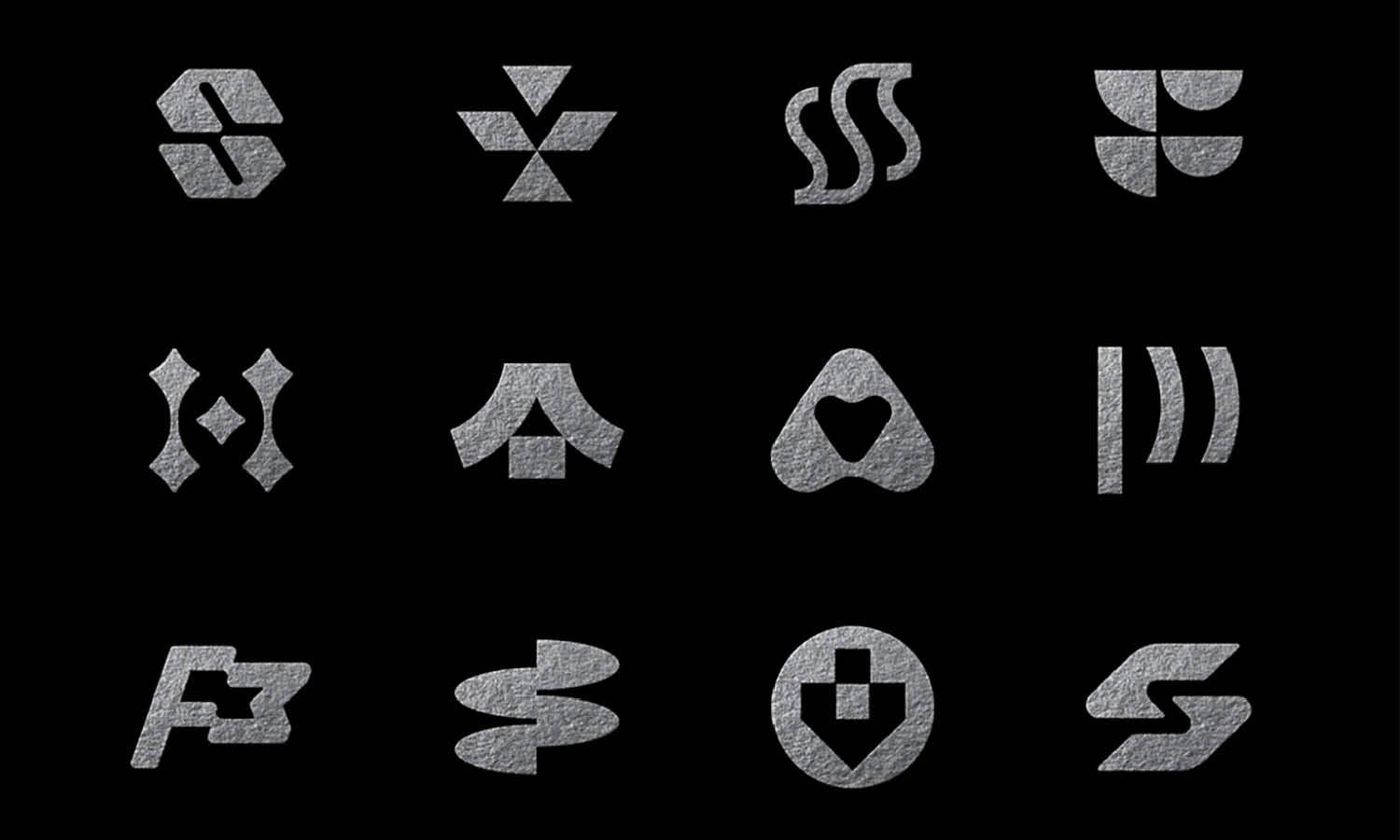

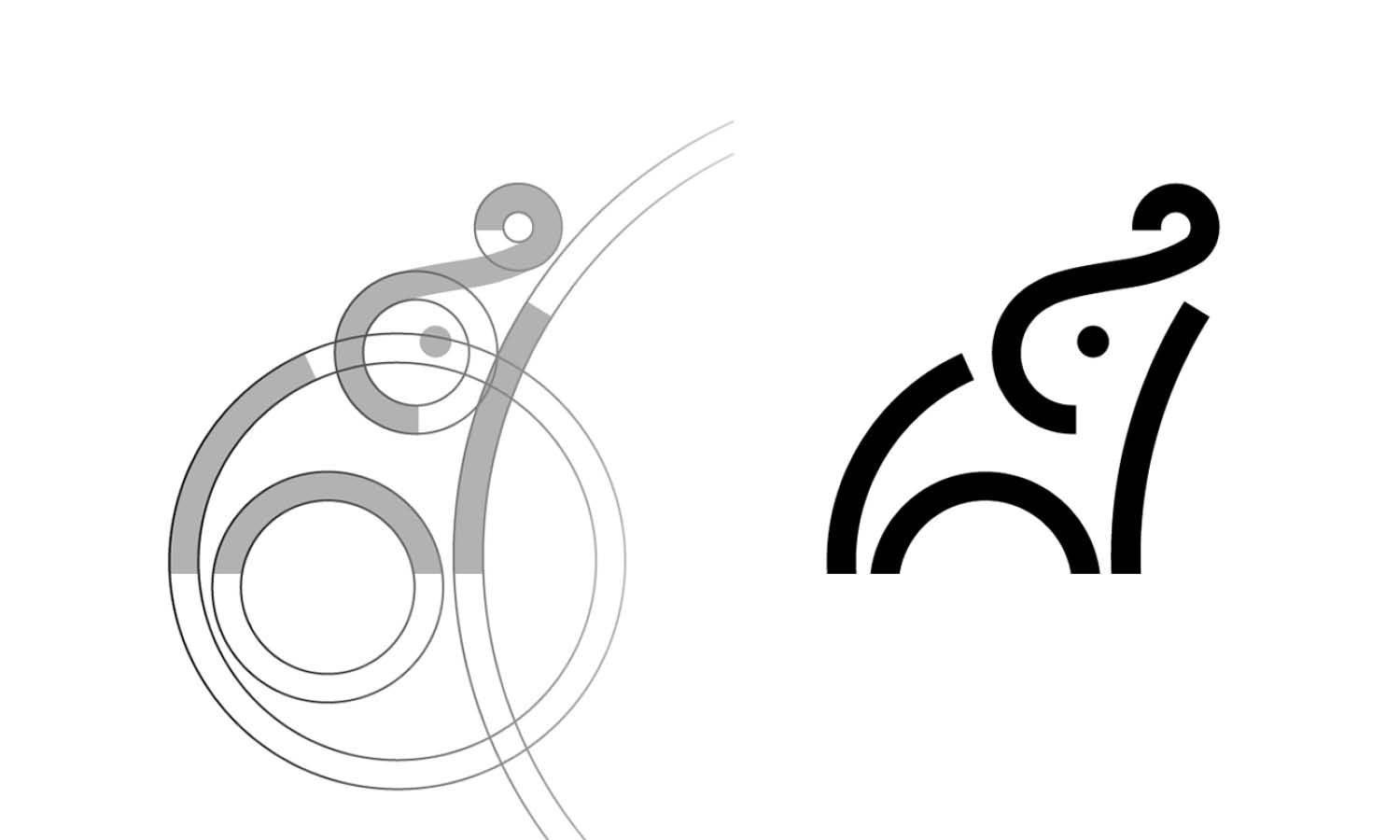
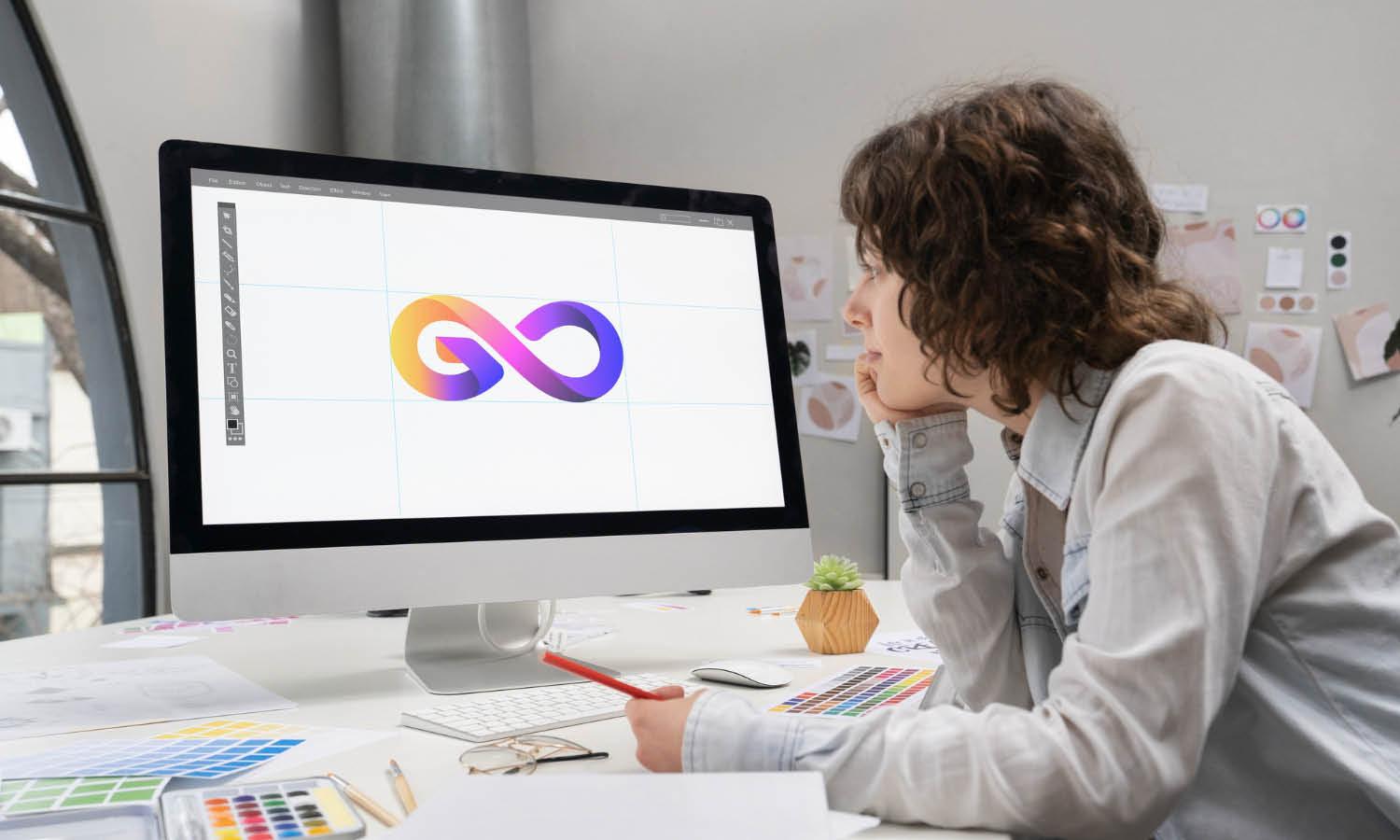
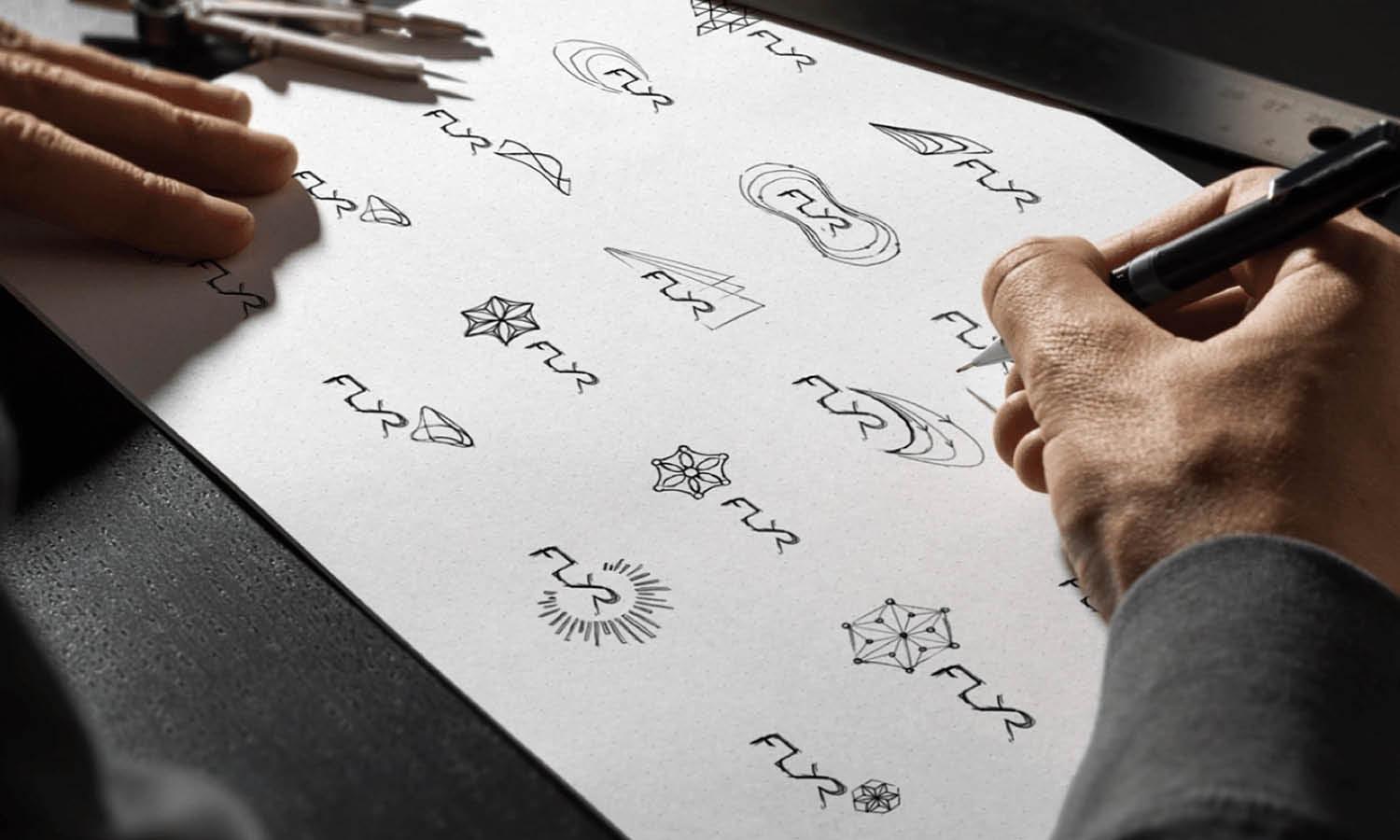
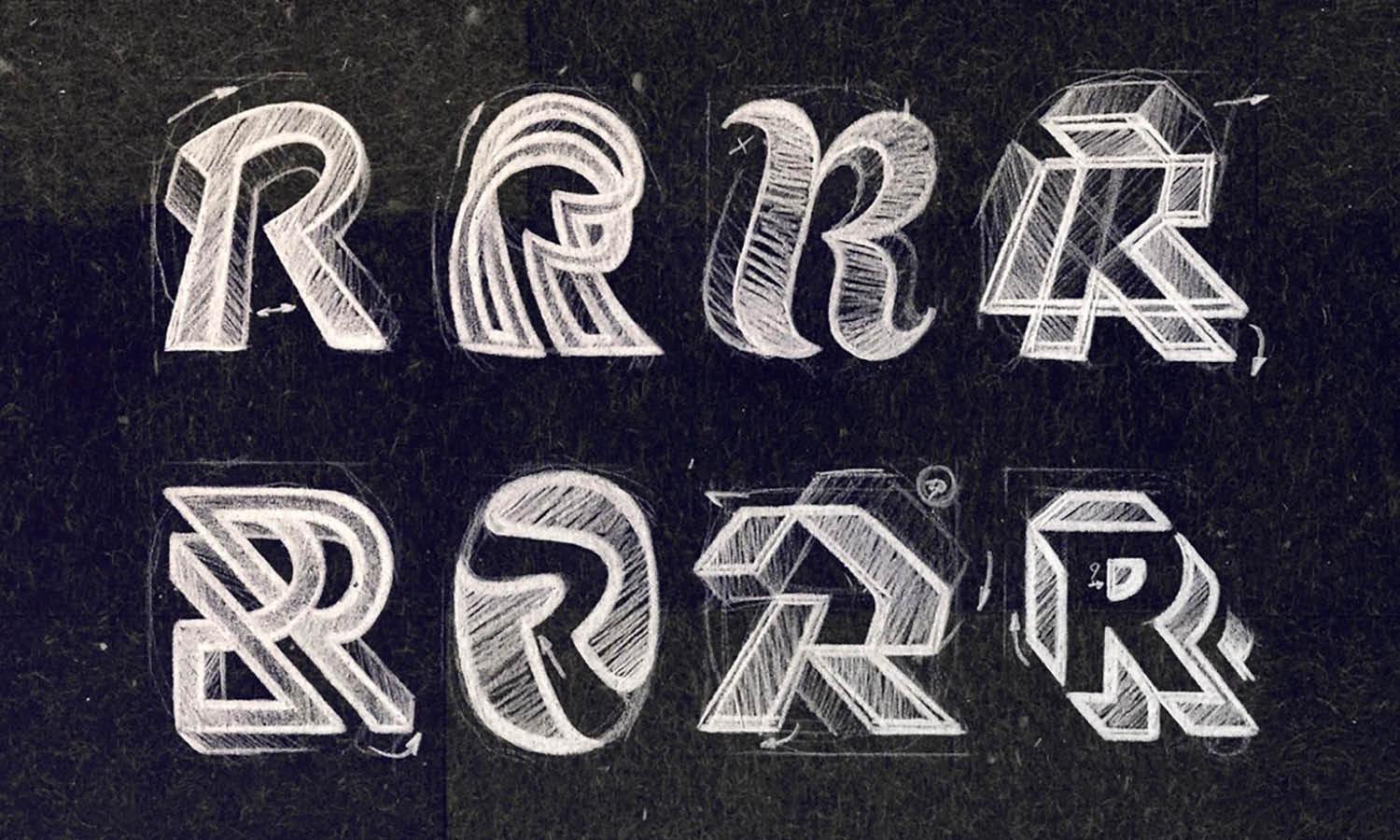









Leave a Comment